Choosing Vent Hood Depth
saskiasmom
16 years ago
Featured Answer
Comments (16)
cooksnsews
16 years agoweissman
16 years agoRelated Professionals
Hillsboro Kitchen & Bathroom Designers · Martinsburg Kitchen & Bathroom Designers · Newington Kitchen & Bathroom Designers · Soledad Kitchen & Bathroom Designers · Bellevue Kitchen & Bathroom Remodelers · Channahon Kitchen & Bathroom Remodelers · Hanover Township Kitchen & Bathroom Remodelers · Santa Fe Kitchen & Bathroom Remodelers · Mountain Top Kitchen & Bathroom Remodelers · Aspen Hill Cabinets & Cabinetry · Black Forest Cabinets & Cabinetry · Forest Hills Cabinets & Cabinetry · National City Cabinets & Cabinetry · Watauga Cabinets & Cabinetry · Whitehall Cabinets & Cabinetryalku05
16 years agokeitel
16 years agokaseki
16 years agosteveh167
15 years agoalexrander
15 years agosteveh167
15 years agoigloochic
15 years agojimjanhenry
15 years agojerseygirl_2008
15 years agoguadalupe
15 years agosombreuil_mongrel
15 years agogorilla_x
15 years agomalhgold
15 years ago
Related Stories

KITCHEN DESIGNHow to Choose the Right Hood Fan for Your Kitchen
Keep your kitchen clean and your home's air fresh by understanding all the options for ventilating via a hood fan
Full Story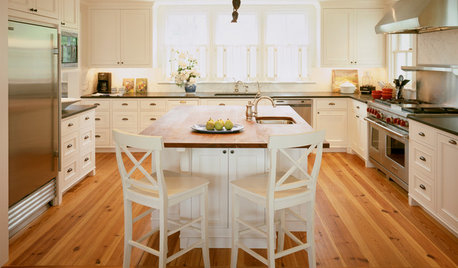
KITCHEN DESIGN3 Steps to Choosing Kitchen Finishes Wisely
Lost your way in the field of options for countertop and cabinet finishes? This advice will put your kitchen renovation back on track
Full Story
KITCHEN CABINETSChoosing New Cabinets? Here’s What to Know Before You Shop
Get the scoop on kitchen and bathroom cabinet materials and construction methods to understand your options
Full Story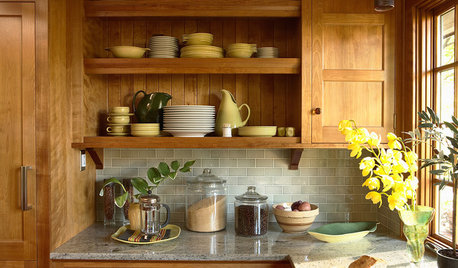
KITCHEN BACKSPLASHESHow to Choose a Backsplash for Your Granite Counters
If you’ve fallen for a gorgeous slab, pair it with a backsplash material that will show it at its best
Full Story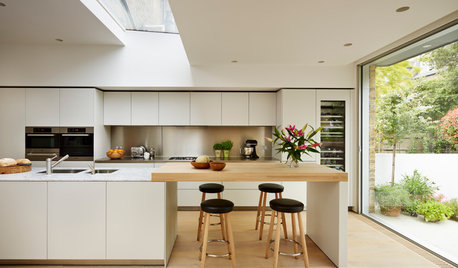
MATERIALSKitchen Ideas: How to Choose the Perfect Backsplash
Backsplashes not only protect your walls, they also add color, pattern and texture. Find out which material is right for you
Full Story
KITCHEN DESIGNA Cook’s 6 Tips for Buying Kitchen Appliances
An avid home chef answers tricky questions about choosing the right oven, stovetop, vent hood and more
Full Story
MOST POPULARHow to Choose the Right Kitchen Sink
Learn about basin configurations, sink shapes, materials and even accessories and specialty sinks
Full Story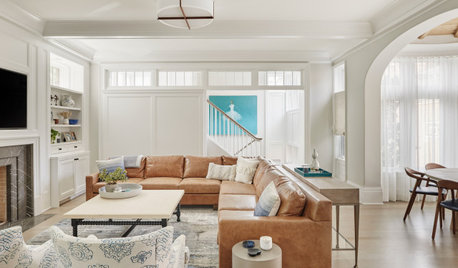
HOUSEKEEPINGChoose Your Own Spring Cleaning Plan
Instead of trying to do it all, pick one of these six cleaning approaches that’s right for you now
Full Story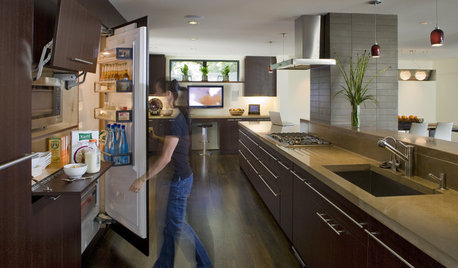
KITCHEN DESIGNHow to Choose and Use Ecofriendly Kitchen Appliances
Inefficient kitchen appliances waste energy and money. Here's how to pick and use appliances wisely
Full Story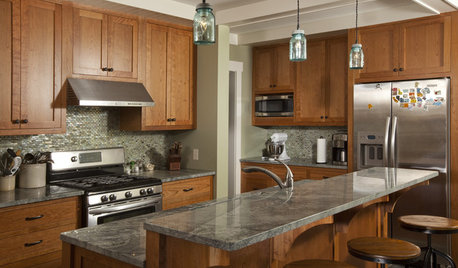
KITCHEN CABINETSCabinets 101: How to Choose Construction, Materials and Style
Do you want custom, semicustom or stock cabinets? Frameless or framed construction? We review the options
Full Story





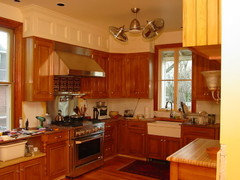
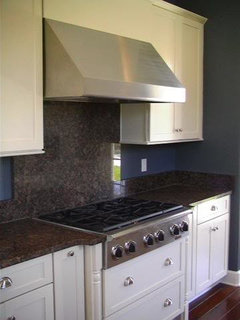

keitel